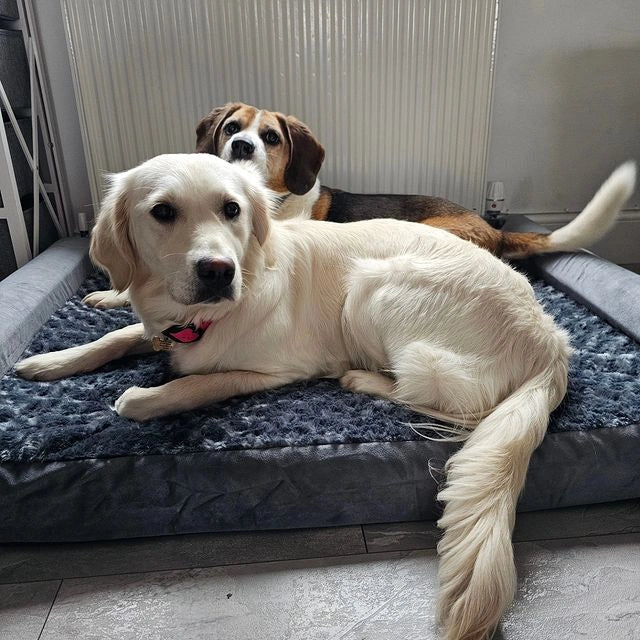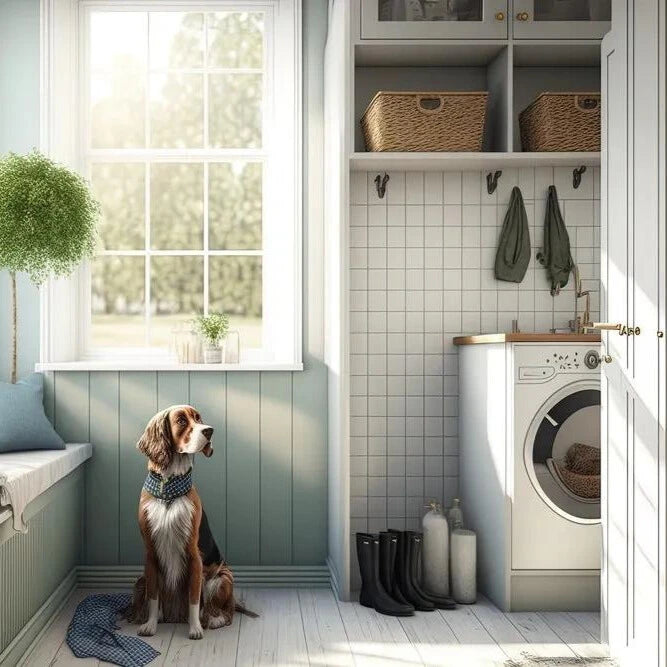Dogs have several mechanisms that enable them to find their way and navigate their surroundings. Here are some key ways dogs find their way:
-
Sense of Smell: Dogs possess an incredible sense of smell. Their noses contain a large number of olfactory receptors, allowing them to detect and distinguish various scents. They can pick up and follow scent trails left by other animals or people, which helps them navigate and find their way. This ability is particularly useful for tracking, search and rescue, and identifying familiar scents to locate specific places or individuals.
-
Memory and Spatial Awareness: Dogs have good memory and spatial awareness. Once they become familiar with an area, they can remember landmarks, routes, and spatial relationships. This memory helps them navigate and find their way back to familiar places. They can recall previously explored areas and use their spatial awareness to determine their position and orient themselves.
-
Visual Cues: Dogs also rely on visual cues to navigate their environment. They can recognize landmarks, objects, and familiar visual patterns. Visual cues help them remember routes, distinguish different areas, and find their way back to familiar locations. However, dogs primarily rely on their sense of smell and other senses rather than vision for navigation.
-
Auditory Awareness: Dogs have acute hearing and can use auditory cues to navigate. They can detect and recognize sounds associated with familiar places or people, such as the sound of their owner's voice or certain environmental sounds. Auditory cues help them orient themselves and find their way based on familiar sounds they associate with specific locations.
-
Problem-Solving Skills: Dogs are intelligent animals and possess problem-solving skills. When faced with challenges or obstacles, they can use their cognitive abilities to find alternative paths, overcome barriers, or navigate around obstacles to reach their destination.
The Importance of Comfort After Exploration
After a day of navigating the world, dogs need a comfortable space to rest and recover. This is where a high-quality dog bed comes into play:
-
Support and Comfort: Just as dogs need to recharge after exploring, they also require a supportive bed that helps alleviate pressure on their joints and muscles. An orthopedic dog bed can provide the perfect combination of comfort and support, ensuring your furry friend wakes up refreshed and ready for their next adventure.
-
Safe Space: A cozy dog bed offers a secure environment for dogs to unwind. After a day of navigating, they can retreat to their bed, knowing they have a dedicated spot that feels safe and familiar.
-
Hygiene and Cleanliness: A washable dog bed allows you to keep your pet’s resting area clean and inviting. After a day of exploring, a comfortable bed that’s easy to maintain can enhance your dog’s overall well-being.
It's important to note that individual dogs may vary in their navigational abilities based on their breed, training, and specific experiences. While dogs have remarkable natural instincts and abilities to find their way, they can still get lost or disoriented, particularly in unfamiliar environments. Responsible pet owners should take precautions, such as proper training, supervision, and identification tags, to help ensure their dog's safety and prevent them from becoming lost.


